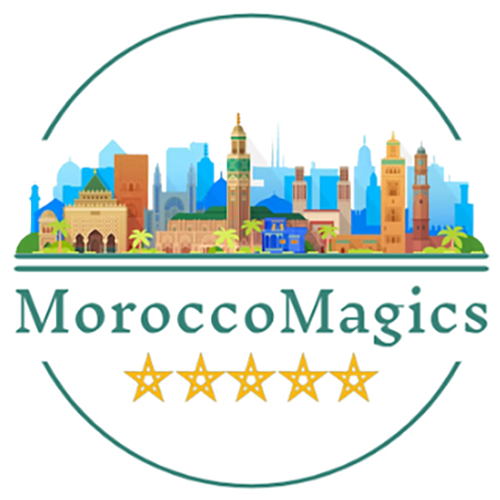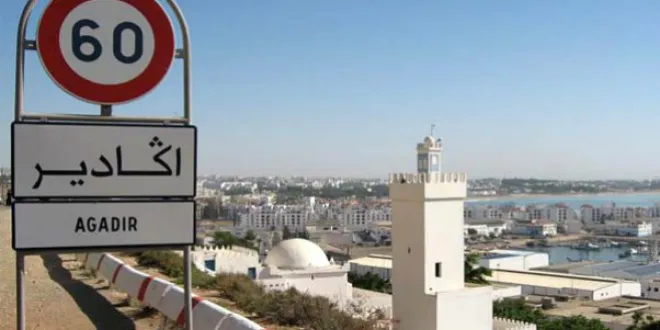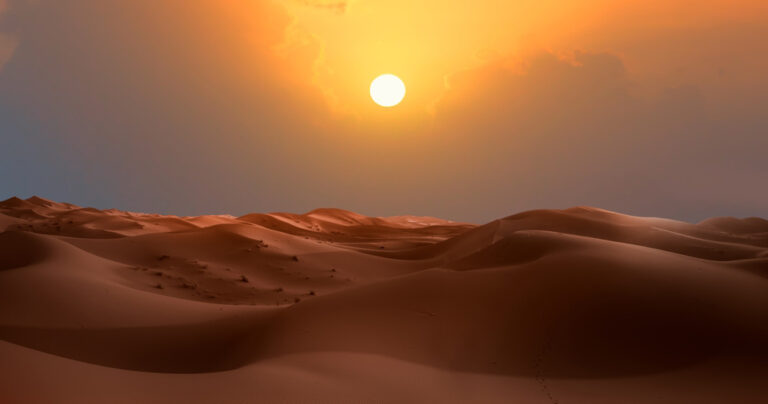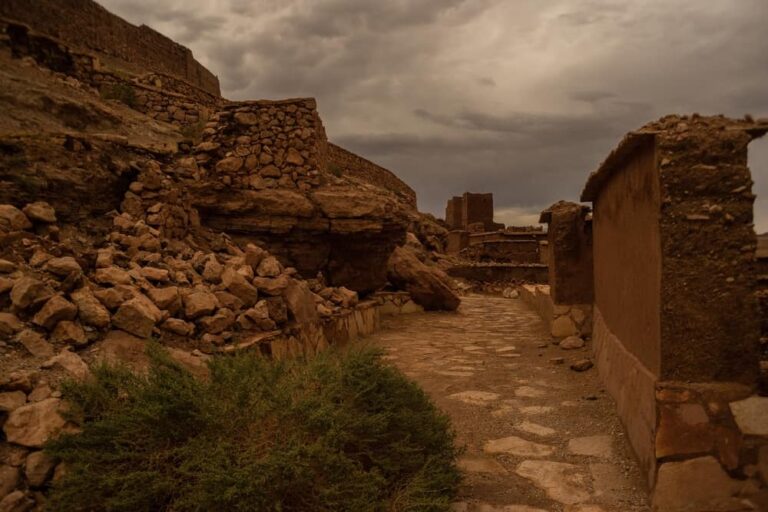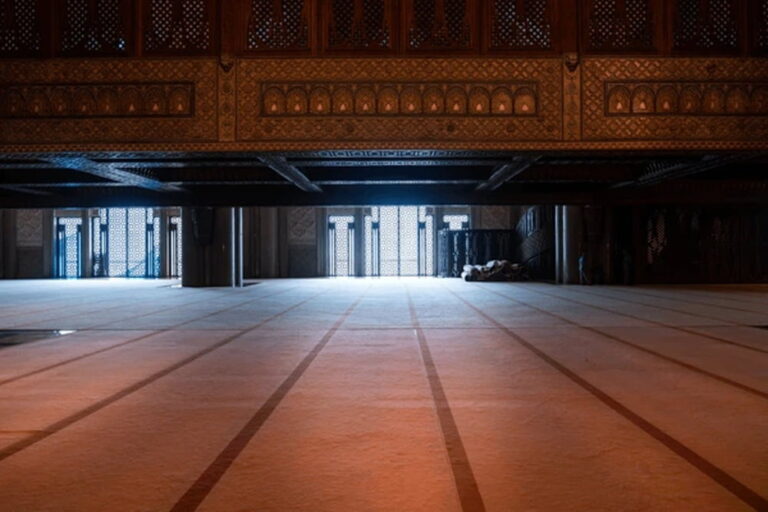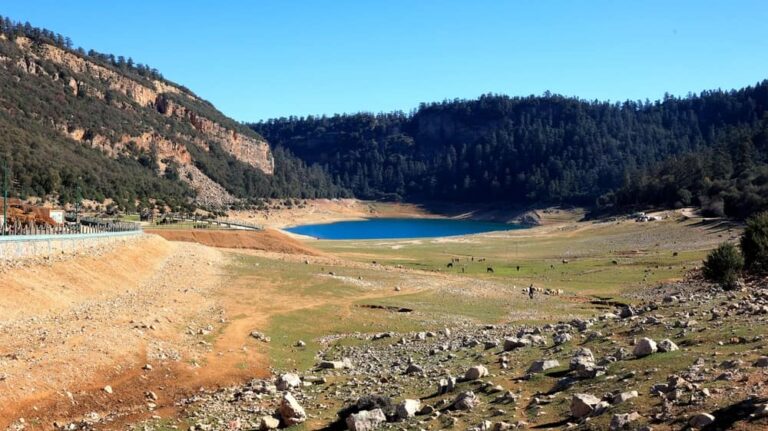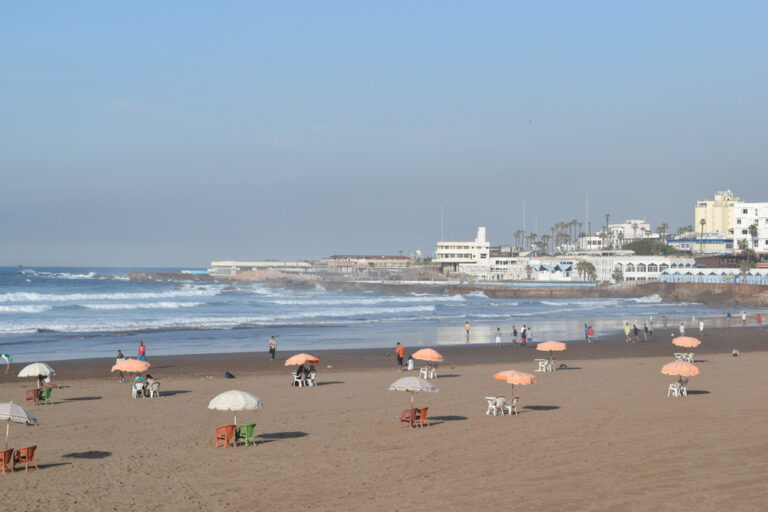A Traveler’s Guide to Morocco’s Iconic Landmarks and UNESCO Sites
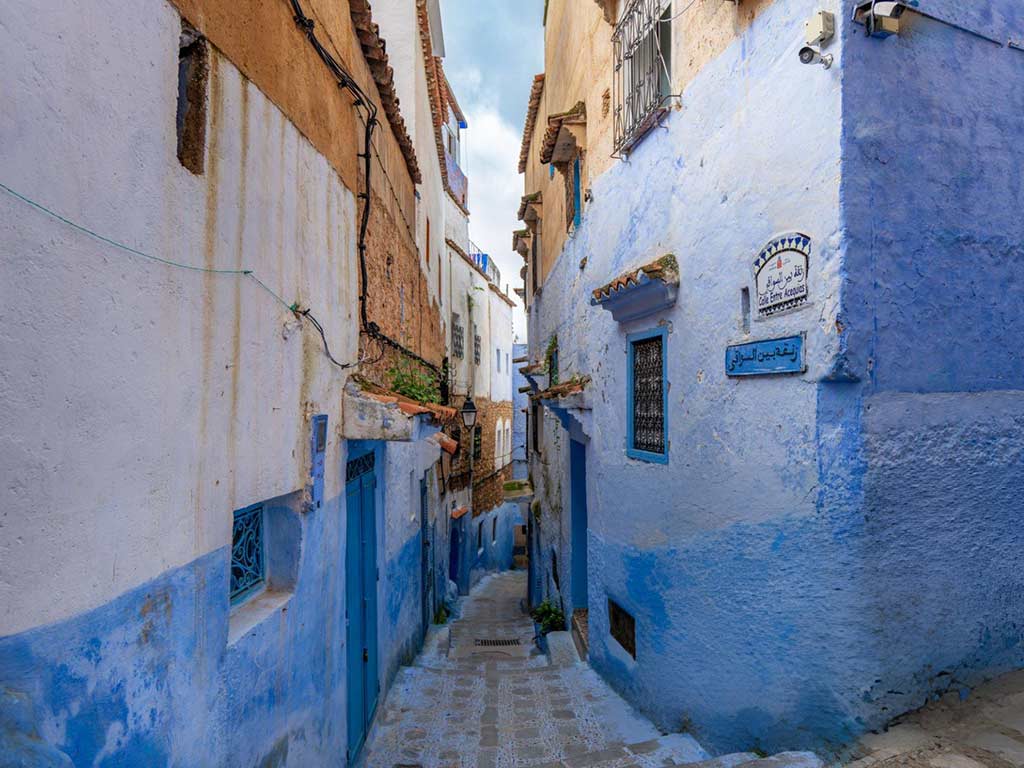
Morocco is a country rich in history and culture. It’s known for its vibrant markets, delicious food, and stunning landscapes. But one of the most fascinating parts of Morocco is its historic landmarks. These places tell stories of the past and show the beauty of Moroccan architecture and heritage.
When you visit Morocco, you can see grand palaces, ancient ruins, and impressive monuments. Each landmark has its own unique story and charm. From the bustling streets of Marrakech to the quiet ruins of Volubilis, there’s something for everyone.
In this guide, we will explore some of the most important historic landmarks in Morocco. We will visit beautiful palaces where kings once lived, explore ancient ruins that date back thousands of years, and learn about the monuments that stand as symbols of Morocco’s rich history. We will also look at UNESCO World Heritage sites that are protected for their cultural importance.
Palaces: Exploring Morocco’s Regal Residences
Morocco is home to some of the most beautiful palaces in the world. These grand buildings were once the homes of kings and queens. They show the splendor and elegance of Moroccan architecture. Visiting these palaces is like stepping back in time.
The Royal Palace in Fez
The Royal Palace in Fez is one of the oldest and most impressive palaces in Morocco. It’s still used by the king today. The palace is known for its large gates, decorated with intricate patterns and bright colors. Walking through these gates feels like entering a fairy tale.
The Royal Palace has a rich history. It was built in the 13th century and has been expanded many times since then. The palace has always been a symbol of power and royalty in Morocco. It is not just a place to live but also a center for important events and ceremonies.
The architecture of the Royal Palace is truly stunning. It features beautiful gardens, large courtyards, and detailed tilework. The doors and walls are adorned with artistic designs that showcase the skill of Moroccan craftsmen. Each part of the palace has its unique beauty.
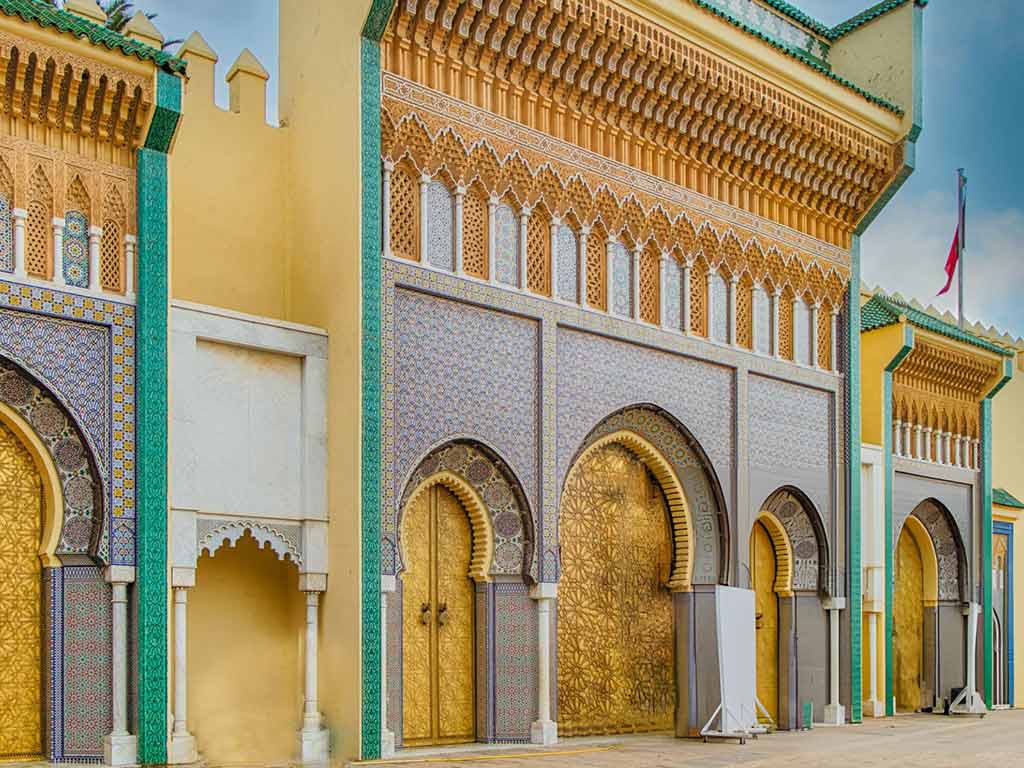
Bahia Palace in Marrakech
Bahia Palace in Marrakech is another jewel of Moroccan architecture. The word “Bahia” means “brilliance,” and the palace lives up to its name. Built in the 19th century, it was designed to be the most magnificent palace of its time.
The Bahia Palace is known for its grand rooms and lush gardens. The rooms are decorated with colorful tiles, carved wooden ceilings, and beautiful fountains. The gardens are full of flowers, trees, and peaceful pathways, creating a serene atmosphere.
Many stories and legends surround the Bahia Palace. It was built by a powerful man named Si Moussa for his family. The palace was designed to impress and show his wealth and power. Today, it is a popular tourist attraction where visitors can imagine life in a grand palace.
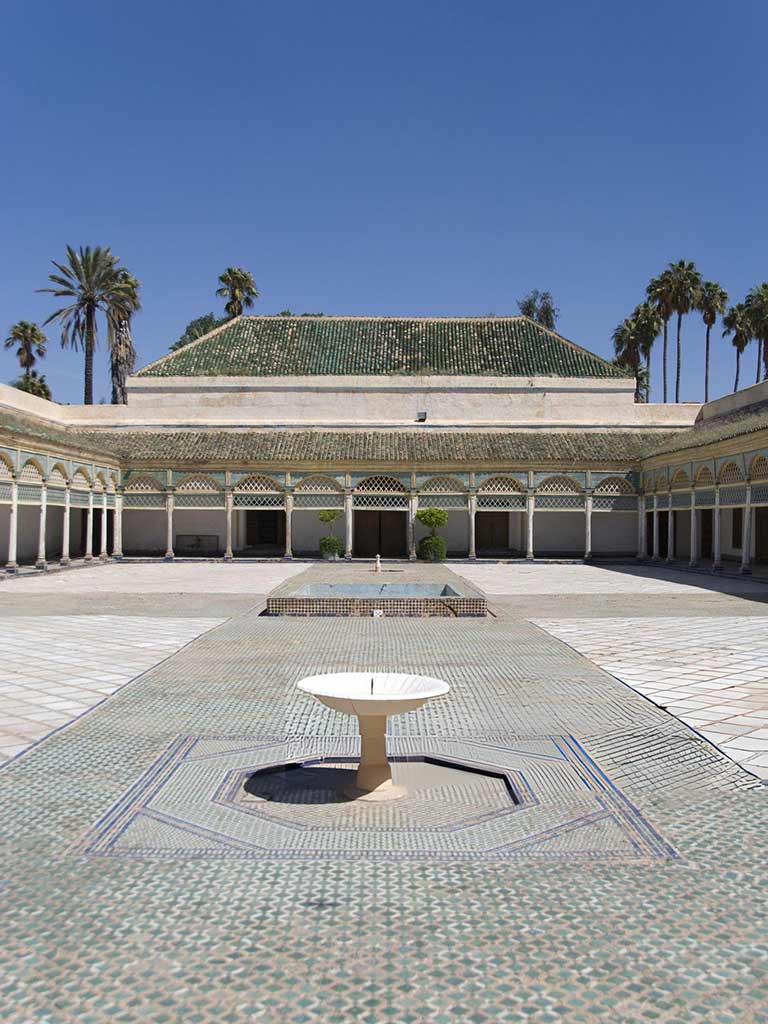
Monuments: Iconic Symbols of Moroccan Heritage
Morocco is known for its stunning monuments. These landmarks are symbols of the country’s rich history and culture. They show the architectural skills and artistic talents of the Moroccan people. Visiting these monuments is a must for anyone who wants to understand Morocco better.
Hassan II Mosque in Casablanca
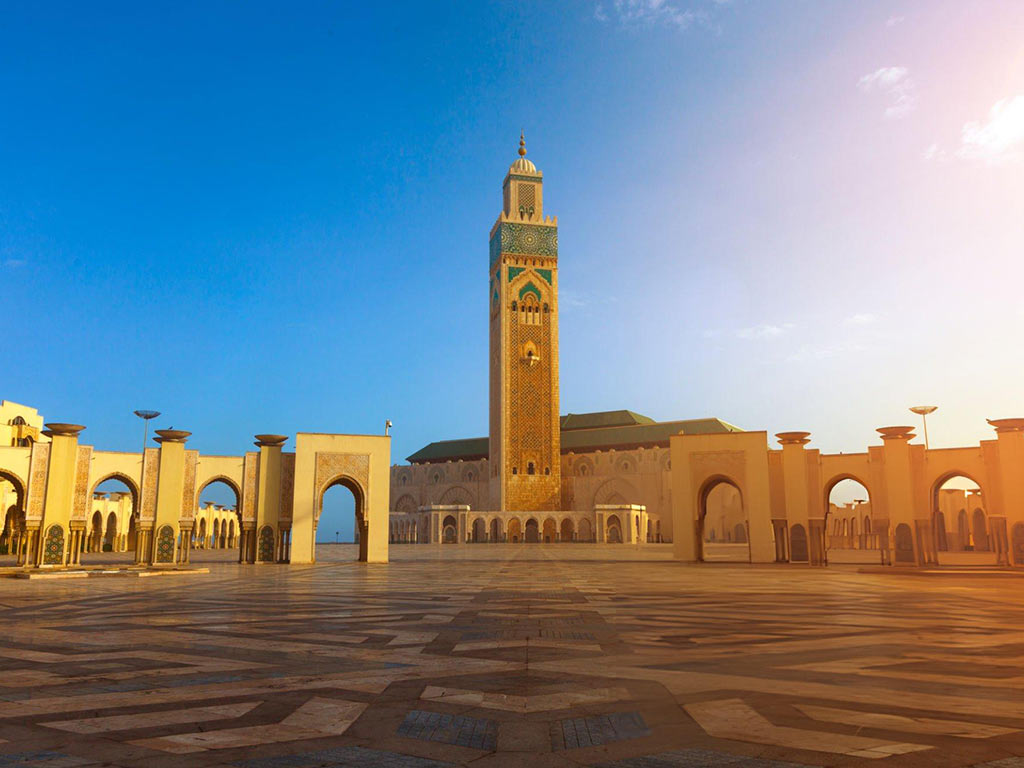
The Hassan II Mosque in Casablanca is one of the largest mosques in the world. It stands tall by the sea, with its minaret reaching high into the sky. This mosque is a masterpiece of modern Moroccan architecture.
The mosque is famous for its beautiful design. It has intricate mosaics, marble floors, and a roof that can open to the sky. The mosque can hold 25,000 worshippers inside and 80,000 outside. It’s not just a place of worship, but also a symbol of Morocco’s faith and craftsmanship.
Visitors can take guided tours to learn more about the mosque. The tours show the main prayer hall, the ablution room, and the breathtaking views from the minaret. It’s important to dress modestly and respect the rules when visiting.
The Koutoubia Mosque in Marrakech
The Koutoubia Mosque is the largest in Marrakech. Its tall minaret can be seen from miles away and is a famous landmark of the city. The mosque is surrounded by beautiful gardens, making it a peaceful place to visit.
The Koutoubia Mosque was built in the 12th century. It has been a center of worship and learning for many centuries. The minaret is a classic example of Moroccan-Andalusian architecture and has inspired other buildings around the world.
The gardens around the Koutoubia Mosque are perfect for a relaxing stroll. They are filled with orange trees, roses, and fountains. It’s a great place to rest and enjoy the beauty of Marrakech after visiting the bustling markets.
Ancient Ruins: Journey Through Time
Morocco is full of ancient ruins that tell stories from long ago. These historical sites give us a glimpse into the past civilizations that once thrived here. Exploring these ruins is like stepping back in time.
The Roman Ruins of Volubilis
The Roman ruins of Volubilis are one of Morocco’s most famous ancient sites. Located near the city of Meknes, these ruins date back to the 3rd century BC. They show the remains of a once-bustling Roman city.
Walking through Volubilis, you can see the remains of houses, baths, and temples. The mosaics on the floors of some houses are still visible and very detailed. These mosaics depict scenes from Roman mythology and everyday life.
Some of the highlights include the triumphal arch, the basilica, and the capitol. The triumphal arch stands tall and proud, marking the entrance to the city. The basilica was once a large public building, and the capital was a temple dedicated to Roman gods.
UNESCO World Heritage Sites: Preserving Morocco’s Legacy
Morocco has several UNESCO World Heritage sites. These special places are protected because they are important to the world’s cultural and historical heritage. They show us Morocco’s rich past and help us learn about its history.
Medina of Fez
The Medina of Fez is one of the oldest and most well-preserved medieval cities in the world. It’s a maze of narrow streets filled with shops, homes, and historic buildings. Walking through the Medina is like traveling back to the Middle Ages.
The Medina of Fez was founded in the 9th century and became a major center of learning and commerce. It is home to the University of Al Quaraouiyine, one of the oldest universities in the world. The Medina has many historic buildings, mosques, and fountains.
Some must-see attractions include the Bou Inania Madrasa, an ancient school with beautiful architecture, and the colorful tanneries where leather is made. The markets, or souks, are also a highlight, offering a variety of goods like spices, textiles, and crafts.
Medina of Marrakech
The Medina of Marrakech is another UNESCO World Heritage site. It is famous for its vibrant atmosphere and historical sites. The Medina is a lively place where you can experience the true essence of Moroccan culture.
The souks in the Medina of Marrakech are bustling markets where you can find everything from spices to jewelry. The palaces, such as the El Badi Palace, show the grandeur of Moroccan architecture. The Medina is full of life, colors, and sounds.
Important landmarks include the Koutoubia Mosque, the Saadian Tombs, and the Bahia Palace. Each of these places has its unique history and charm. Visiting them gives you a deeper understanding of Marrakech’s rich heritage.
Ait Benhaddou
Ait Benhaddou is a fortified village made of clay and stone. It is located along the old caravan route between the Sahara and Marrakech. This site has been used as a backdrop for many movies because of its stunning beauty.
The Kasbah of Ait Benhaddou has been a key point for traders and travelers for centuries. It represents the traditional architecture of southern Morocco. The village is made up of several small forts and buildings that are connected by narrow alleys.
Ait Benhaddou has been featured in many famous movies like “Gladiator” and “Game of Thrones.” Its unique appearance and well-preserved buildings make it a perfect film location. The village is also an important cultural site, showing traditional Berber life.
El Jadida, the Portuguese City
El Jadida, also known as the Portuguese City, is a unique coastal town in Morocco. It is famous for its well-preserved Portuguese architecture and rich history. This charming city offers a blend of Moroccan and European influences, making it a fascinating place to visit.
El Jadida was originally established by the Portuguese in the early 16th century. It served as an important trading post and fortress. The city was known as Mazagan until the 19th century when it was renamed El Jadida, meaning “The New.”
One of the most notable features of El Jadida is its impressive Portuguese architecture. The city’s fortified walls, large cistern, and Gothic-style church are some of the highlights. The Portuguese Cistern, with its beautiful vaulted ceilings and pillars, is a must-see.
Walking through the narrow streets of El Jadida feels like stepping back in time. The mix of Portuguese and Moroccan architecture creates a unique atmosphere. Visitors can explore the historic buildings, enjoy local cuisine, and experience the vibrant culture of this coastal town.
Plan Your Visit to Morocco’s Historic Landmarks
Planning a visit to Morocco’s historic landmarks can be exciting. To make the most of your trip, it’s helpful to know the best times to visit, travel tips, and options for guided tours. This section will help you prepare for an unforgettable adventure.
Best Times to Visit
The best time to visit Morocco is during the spring (March to May) or fall (September to November). The weather is pleasant, and it’s not too hot or cold. Summer can be very hot, especially in cities like Marrakech and Fez. Winter is cooler, but still a good time to visit.
Travel Tips and Recommendations
When traveling to Morocco, it’s important to dress modestly, especially when visiting religious sites. Wearing comfortable shoes is a good idea since you will be walking a lot. Always carry some cash, as not all places accept credit cards. Learning a few basic phrases in Arabic or French can also be helpful.
Guided Tours and Visitor Information
Guided tours can enhance your visit by providing more information about the history and significance of each site. Many landmarks offer tours in different languages. You can book tours online or at local tourist offices. Guides can help you explore the landmarks in detail and share interesting stories and facts.
Share Your Experience and Stay Connected
After exploring Morocco’s historic landmarks, sharing your experience can be rewarding. It helps others learn from your journey and lets you connect with fellow travelers. Here are some ways to share and stay connected.
We’d love to hear about your experiences! Share your stories and adventures in the comments section below. If you have any questions about visiting Morocco, feel free to ask. Other readers and travelers can also offer helpful advice.
Share your photos and stories on social media. Use hashtags like #MoroccoLandmarks or #MoroccanHeritage to connect with other travelers. Join online travel groups to share tips and get recommendations. Following travel bloggers and influencers can also give you new ideas for your next trip.
By sharing your experiences, you can inspire others and keep the excitement of your journey alive. Your stories can help fellow travelers plan their adventures and make the most of their visits to Morocco’s historic landmarks.
Conclusion
Exploring Morocco’s historic landmarks is like taking a journey through time. From grand palaces and iconic monuments to ancient ruins and UNESCO World Heritage sites, each place tells a unique story. These landmarks show the rich culture and history of Morocco.
We started with the beautiful palaces like the Royal Palace in Fez and Bahia Palace in Marrakech. Next, we admired the stunning monuments such as the Hassan II Mosque in Casablanca and the Koutoubia Mosque in Marrakech. We then traveled back in time to the ancient Roman ruins of Volubilis. Lastly, we explored the culturally significant UNESCO World Heritage sites, including the Medina of Fez, the Medina of Marrakech, and Ait Benhaddou.
Morocco is a land full of wonders waiting to be discovered. Each landmark offers a glimpse into the past and a chance to learn about the country’s heritage. Whether you’re walking through the narrow streets of a Medina or standing in awe before a grand palace, you’ll find something magical at every turn.
We hope this guide inspires you to explore Morocco’s historic landmarks. Plan your visit, share your experiences, and dive into the rich history and culture that make Morocco a unique and fascinating destination. Enjoy your adventure!
